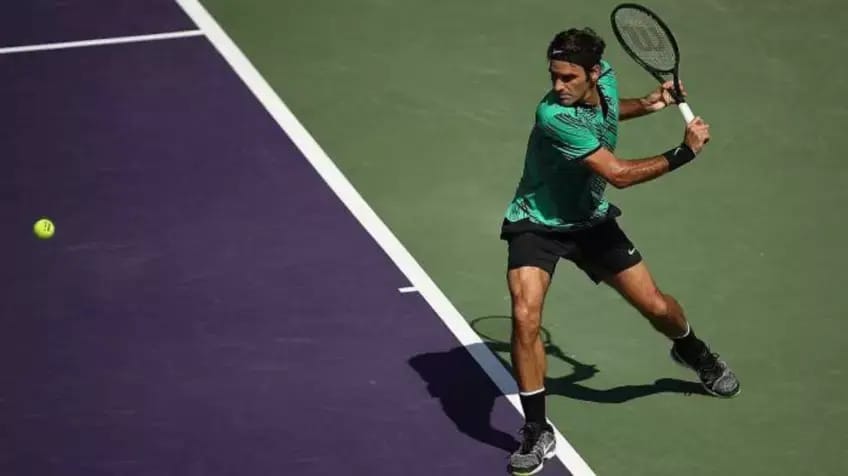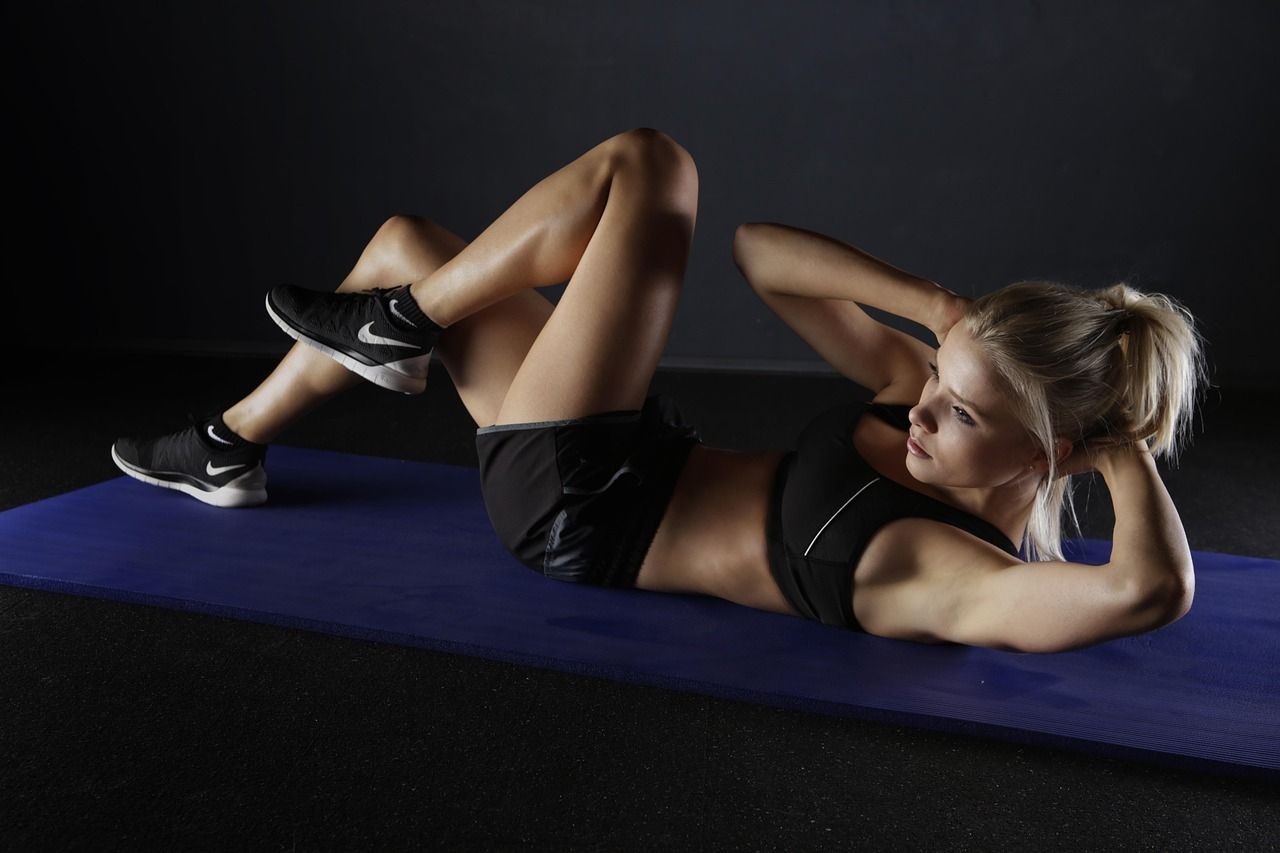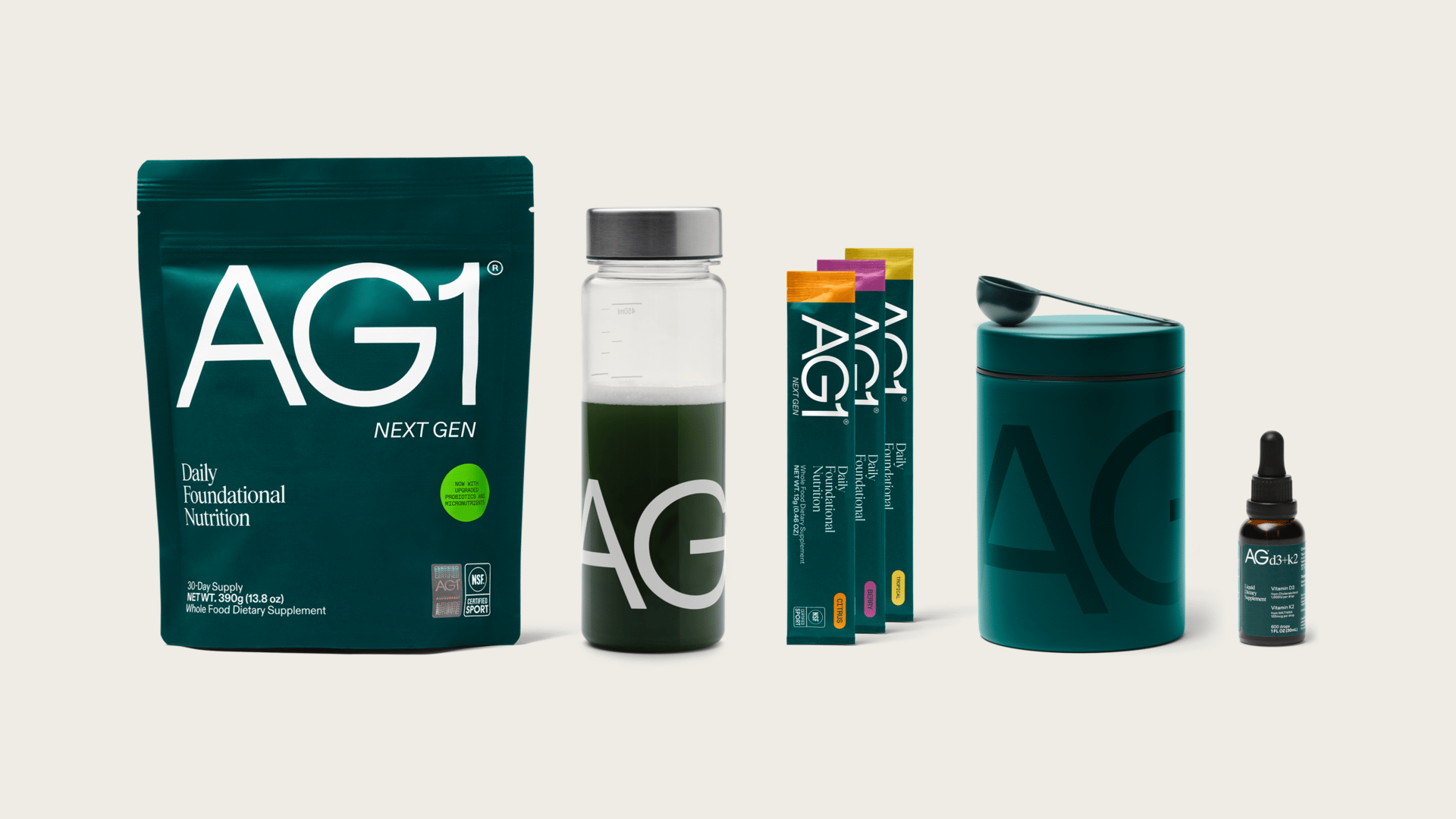The backhand is one of the most versatile and misunderstood shots in pickleball. It can be a weapon, a setup shot, or a defensive move, depending on how you use it. Yet many players rely on a single backhand style without realizing how much variation is available to them. In this issue, we break down the different types of backhands, explore how and when to use each one, and examine the muscles that power the shot. We also cover a few simple at-home exercises to help you build strength and stability where it matters most.

The Anatomy of a Backhand
A good backhand in pickleball is more than just a reaction shot. It is a controlled, versatile tool that can generate pace, spin, or touch depending on how you use it. Understanding the different variations and when to apply them can completely change how confident you feel on that side of the court.
The Topspin Backhand
The topspin backhand is the most aggressive version of the shot. It is created by brushing the paddle upward and forward across the back of the ball to generate lift and spin. The goal is to clear the net safely while keeping the ball dipping quickly into the court. This backhand is ideal for drives and passing shots because it combines depth and speed with a margin of safety. A two-handed grip often provides more stability and power, especially for players transitioning from tennis.
The paddle angle at contact should be slightly closed, meaning the top edge tilts forward toward the net. This allows the upward brushing motion to grab the ball and create rotation without sending it too high. A common mistake is starting with the paddle too low or trying to muscle the shot with only the arm, which reduces spin and consistency. Instead, drop your paddle below the contact point and let your legs and core drive the upward motion as you swing through the ball.
The Flat Backhand
A flat backhand travels low and fast with little to no spin. It requires a clean, direct contact with the ball and a shorter follow-through. This shot is useful for quick exchanges near the kitchen line where you want to take time away from your opponent. Because it lacks spin, it demands precision in timing and paddle angle, but it can be a strong option when you need to counterattack or redirect pace.
The paddle face should be nearly perpendicular to the ground at contact, striking the ball squarely in the center. Many players struggle with this shot because they either open the face too much, causing the ball to sail long, or close it too much, driving it into the net. The margin for error is smaller than with topspin, so focus on keeping your wrist firm and your contact point consistent. The flat backhand rewards players who can stay compact and hit through the ball without overswinging.
The Slice Backhand
The slice backhand adds backspin by cutting under the ball with a slightly open paddle face. It floats more slowly through the air, stays low after the bounce, and gives you time to recover. This is the go-to choice for control and placement, particularly in dinking rallies or defensive resets. A one-handed slice feels natural for most players since it allows better reach and finesse.
The key to a good slice is starting high and finishing low, with the paddle moving in a downward arc as it contacts the ball. The paddle face should be angled slightly upward at contact to create the backspin, but not so open that the ball floats too high or sits up for an easy attack. A common mistake is chopping down too steeply, which can cause the ball to lose depth and fall short. Instead, think of carving through the ball with a smooth, controlled motion that maintains forward momentum even as the paddle travels downward.
The Lob Backhand
The lob backhand is less common but can be an effective defensive weapon. It is hit with an open paddle face, brushing upward to lift the ball high and deep into the opponent's court. It is most useful when you are pushed off balance or out of position. The challenge lies in controlling depth without popping the ball too short. Practicing this shot improves your feel for touch and trajectory control.
The paddle angle should be significantly open, with the face tilted toward the sky to create the lift needed to clear your opponents at the net. Many players either fail to open the paddle enough, resulting in a flat ball that never gets high enough, or they panic and scoop too aggressively, sending the ball beyond the baseline. The motion should feel more like a gentle lift than a hard swing, with the power coming from your legs pushing upward as you make contact. Focus on aiming for a target deep in the court rather than simply trying to get the ball over their heads.
One-Handed vs Two-Handed Technique
Choosing between one or two hands depends on comfort, strength, and style. A one-handed backhand offers greater reach and flexibility for slices or touch shots, allowing you to cover more court and adjust to balls that are wide or low. A two-handed backhand adds stability and power, making it easier to handle fast or high balls and generate consistent pace on drives. The key is using your lower body to drive the motion in either case, rotating the hips, engaging the core, and keeping the paddle path smooth through contact. No matter which version you prefer, the power starts from the ground up, not from your arm alone.
Players who rely too heavily on their arms tend to tire quickly and lose accuracy as rallies extend. Whether you use one hand or two, focus on loading your weight onto your back foot during the preparation phase, then transferring that energy forward through your hips and torso as you swing. Your arm becomes the final link in the chain, guiding the paddle through the ball rather than forcing it. This approach not only generates more power with less effort but also keeps your shots more consistent under pressure.
TL;DR
Pickleball backhands come in four main types: topspin, flat, slice, and lob.
Each serves a specific purpose, from offense to defense to control.
Topspin and flat backhands favor power and pace, while slice and lob favor touch and recovery.
Paddle angle and follow-through are critical for each shot type, with common mistakes including improper face angles and over-reliance on arm strength.
One-handed backhands offer reach and finesse; two-handed versions add stability and power.
All effective backhands rely on lower-body rotation and strong core engagement, not just arm strength.

Building a Stronger Backhand Off the Court
Every clean, controlled backhand starts with a strong foundation. The motion may look simple, but it depends on a coordinated chain of muscles that power the shot from the ground up. Strengthening those muscles off the court makes your backhand not only more consistent but also more resistant to injury.
The Three Muscle Groups That Drive the Backhand
Core Muscles (Abdominals and Obliques)
The core connects your lower and upper body, transferring energy from your legs into the paddle. When you rotate through a backhand, your obliques fire to generate torque and stabilize your spine. A weak core leads to loss of control and slower recovery after each swing. This is why players with underdeveloped cores often find themselves reaching with their arms instead of rotating through the ball, which creates inconsistent contact and leaves them off balance for the next shot.
Shoulders and Upper Back
Your shoulders and scapular muscles stabilize the paddle during contact. They also help you maintain posture through the motion, which improves both accuracy and endurance. Strong shoulder stabilizers reduce the risk of overuse injuries such as rotator cuff tendonitis, which is common in frequent players. When your upper back muscles are weak, your shoulders tend to round forward during play, which not only limits your range of motion but also puts excessive strain on the smaller muscles of the rotator cuff. Building strength in this area allows you to maintain an upright, athletic posture throughout long rallies without compensating with poor mechanics.
Forearms and Grip Strength
Forearm muscles control paddle angle, absorb impact, and provide finesse in touch shots. A stable grip allows for more consistent control in rallies and helps prevent wrist fatigue during long matches. Many players underestimate how much grip endurance matters until they notice their touch deteriorating in the third game of a session. Strong forearms also help you maintain proper wrist position through contact, preventing the paddle from twisting in your hand when you hit off center or handle a hard drive.
Three Simple At-Home Workouts
Plank Rotations
Start in a standard plank position with your hands directly beneath your shoulders and your body forming a straight line from head to heels. Rotate your torso and extend one arm upward toward the ceiling, opening your chest and stacking your shoulders. Hold for a brief moment, then return to center and switch sides. This trains the obliques and core stability that power your backhand rotation. Aim for three sets of ten slow rotations per side.
The most common mistake with this exercise is rotating too quickly or allowing your hips to sag during the movement. Keep your core tight throughout the entire motion, and focus on controlled rotation rather than speed. As you open up, imagine driving your top shoulder toward the ceiling while keeping your bottom hand firmly planted. This mirrors the rotational power you need when winding up for a topspin backhand drive, and it teaches your body to maintain stability even as you generate torque.
Resistance Band Rows
Attach a resistance band to a sturdy anchor at chest height, or loop it around a door handle or post. Hold the ends of the band with both hands and step back until you feel tension. Pull the band toward your torso, squeezing your shoulder blades together as you draw your elbows back. Focus on slow, controlled movement, pausing briefly at the peak of the contraction before returning to the starting position. This strengthens the shoulders, upper back, and postural control needed for balance through your swing.
Many people make the mistake of pulling with their arms rather than initiating the movement with their shoulder blades. Think about pinching a pencil between your shoulder blades as you row, and keep your elbows close to your body rather than flaring them out to the sides. This exercise directly translates to the stability you need when preparing for a backhand, particularly when you are reaching wide or handling a fast ball. The stronger your upper back, the better you can control the paddle path without letting your shoulder collapse forward or your posture break down.
Towel Twists
Hold a rolled towel with both hands, gripping it firmly at each end. Twist the towel in opposite directions as if wringing out water, engaging your forearms and feeling the burn through your wrists and hands. Alternate between directions for thirty seconds at a time, then rest and repeat for two to three sets. This simple drill builds forearm endurance and grip strength without any equipment.
The key here is sustained tension rather than explosive effort. Keep constant pressure on the towel throughout the entire set, and avoid letting your wrists bend excessively in either direction. If thirty seconds feels too easy, increase the duration or use a thicker towel for more resistance. This exercise prepares your forearms for the repetitive gripping and repositioning that happens during extended dinking exchanges, and it helps you maintain paddle control even when your hands start to fatigue late in a match.
Putting It All Together
You do not need a gym or complicated equipment to train the muscles that make a difference on the court. A few minutes a day of targeted work builds the strength and stability behind a reliable backhand. The payoff shows up as smoother motion, better control, and fewer aches after long play sessions. When you strengthen your core, shoulders, and forearms in isolation, you give your body the tools it needs to execute the coordinated movements that make a backhand effective under pressure. Each exercise reinforces a specific part of the kinetic chain, and together they create a foundation that supports both power and precision.
TL;DR
The backhand depends on three main muscle groups: core, shoulders, and forearms.
A strong core transfers energy and improves control, preventing over-reliance on arm strength.
Shoulder and upper-back strength provide stability and reduce injury risk, especially for frequent players.
Forearm and grip training enhance precision and endurance during long rallies.
Simple at-home drills like plank rotations, band rows, and towel twists build the foundation for a stronger backhand.
Proper form and controlled movement matter more than speed or intensity in these exercises.
The daily health habit you’ll actually stick with…
This time of year, it’s so easy for your daily routine to be thrown off.
When it starts getting dark before you’re home from work and the Halloween candy is taunting you, it’s important to find something that’s easy to do daily for your body.
With just one quick scoop every morning, you’ll get over 75 ingredients that help support your immune health, gut health, energy and help to close nutrient gaps in your diet.
Click here and you’ll get a free AG1 welcome kit with your first subscription including a:
✔️ FREE Flavor Sample Pack
✔️ FREE Bottle Vitamin D3+K2 Drops
✔️ FREE Canister + Shaker
It’s one of the easiest things you can do for your body every day.
*These statements have not been evaluated by the Food and Drug Administration.
See you next week
A strong backhand comes from more than just good timing. It is built through a combination of technique, coordination, and the strength to repeat the motion with control. Understanding how each variation works and training the muscles that support it will make your shot feel smoother, more stable, and more reliable under pressure. Like any skill, improvement takes time, but a few small adjustments and a little off-court work can completely change how confident you feel on your weaker side.
Boris.
Disclaimer: This newsletter is for educational and informational purposes only and does not constitute medical advice. The content is not intended to be a substitute for professional medical advice, diagnosis, or treatment. Always seek the advice of your physician or other qualified health provider with any questions you may have regarding a medical condition. Never disregard professional medical advice or delay seeking it because of something you have read in this newsletter.


